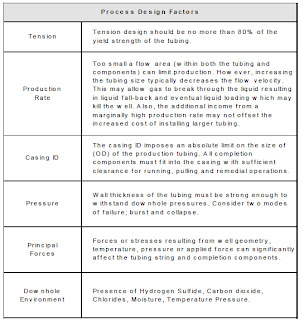Abstract
Binary Cu/ZnO catalysts (with a Cu/Zn atomic ratio of 50/50) prepared via a novel dry synthetic approach based on solid-state oxalate-precursor
synthesis were studied in regard to their performance in the steam reforming of methanol (SRM). The synthesis route involves facile solid-phase
mechanochemical activation of a physical mixture of simple copper/zinc salts and oxalic acid, followed by calcination of the as-ground oxalate
precursors at 350 ◦C. For comparison, their conventional analogues obtained by aqueous coprecipitation techniques were also examined. Structural
characterization of the samples was performed by means of N2 adsorption, X-ray diffraction (XRD), diffuse reflectance infrared Fourier transform
spectroscopy (DRIFTS), thermal gravimetric and differential thermal analysis (TG/DTA), scanning electron microscopy (SEM), temperatureprogrammed
reduction (H2-TPR), N2O titration, and X-ray photoelectron spectroscopy (XPS). The results show that the grinding-derived Cu/ZnO
catalysts exhibit superior SRM performance to their conventional counterparts obtained by wet-chemical methods. The enhanced performance of
the grinding-derived catalysts can be attributed to a higher copper dispersion as well as the beneficial generation of highly strained Cu nanocrystals
in the working catalyst. It is proposed that the present soft reactive grinding route based on dry oxalate-precursor synthesis can allow the generation
of a new type of Cu/ZnO materials with favorable surface and structural properties, providing an attractive alternative for preparation of improved
heterogeneous catalysts.
synthesis were studied in regard to their performance in the steam reforming of methanol (SRM). The synthesis route involves facile solid-phase
mechanochemical activation of a physical mixture of simple copper/zinc salts and oxalic acid, followed by calcination of the as-ground oxalate
precursors at 350 ◦C. For comparison, their conventional analogues obtained by aqueous coprecipitation techniques were also examined. Structural
characterization of the samples was performed by means of N2 adsorption, X-ray diffraction (XRD), diffuse reflectance infrared Fourier transform
spectroscopy (DRIFTS), thermal gravimetric and differential thermal analysis (TG/DTA), scanning electron microscopy (SEM), temperatureprogrammed
reduction (H2-TPR), N2O titration, and X-ray photoelectron spectroscopy (XPS). The results show that the grinding-derived Cu/ZnO
catalysts exhibit superior SRM performance to their conventional counterparts obtained by wet-chemical methods. The enhanced performance of
the grinding-derived catalysts can be attributed to a higher copper dispersion as well as the beneficial generation of highly strained Cu nanocrystals
in the working catalyst. It is proposed that the present soft reactive grinding route based on dry oxalate-precursor synthesis can allow the generation
of a new type of Cu/ZnO materials with favorable surface and structural properties, providing an attractive alternative for preparation of improved
heterogeneous catalysts.







